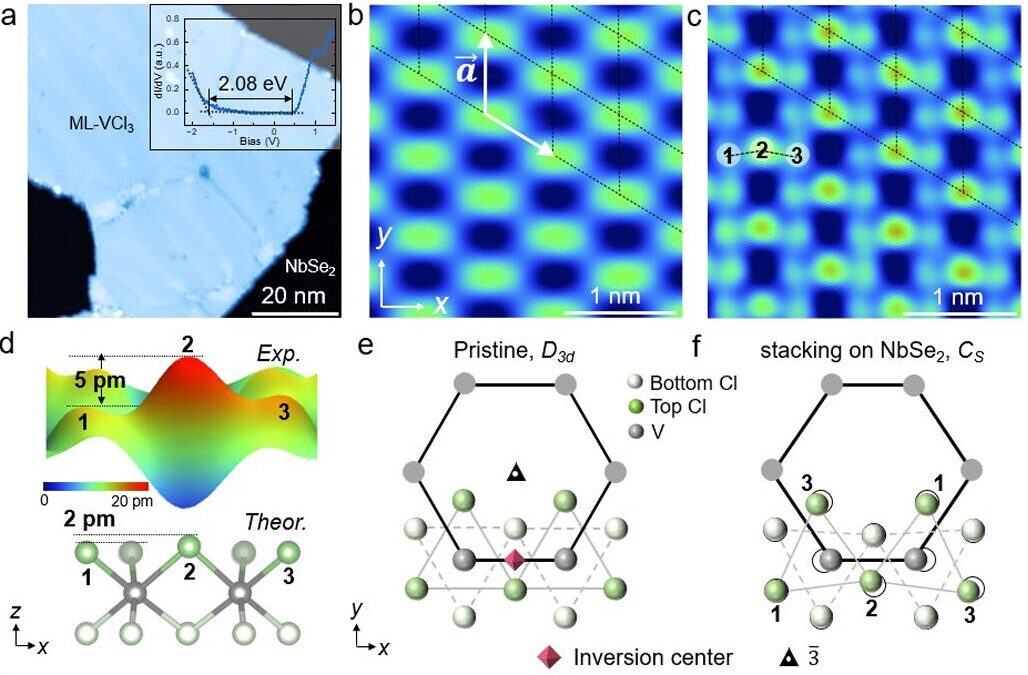Phys. Rev. B, in press (2025); arXiv:2409.02577 (2024)
Zhongqin Zhang†, Cong Wang†,*, PengJie Guo, Linwei Zhou, Yuhao Pan, Zhixin Hu*, and Wei Ji*
Abstract:
Interlayer coupling plays a critical role in tuning the electronic structures and magnetic ground states of two-dimensional materials, influenced by the number of layers, interlayer distance, and stacking order. However, its effect on the orientation of the magnetic easy axis remains underexplored. In this study, we demonstrate that interlayer coupling can significantly alter the magnetic easy-axis orientation, as shown by the magnetic easy-axis of monolayer 1T-MnSe2 tilting 33° from the z-axis, while aligning with the z-axis in the bilayer. This change results from variations in orbital occupations near the Fermi level, particularly involving nonmetallic Se atoms. Contrary to the traditional focus on magnetic metal atoms, our findings reveal that Se orbitals play a key role in influencing the easy-axis orientation and topological Chern numbers. Furthermore, we show that the occupation of Se p-orbitals, and consequently the magnetic anisotropy, can be modulated by factors such as stacking order, charge doping, and external strain. Our results highlight the pivotal role of interlayer coupling in tuning the magnetic properties of layered materials, with important implications for spintronic applications.
DOI: 10.48550/arXiv.2409.02577
Online Preview:




